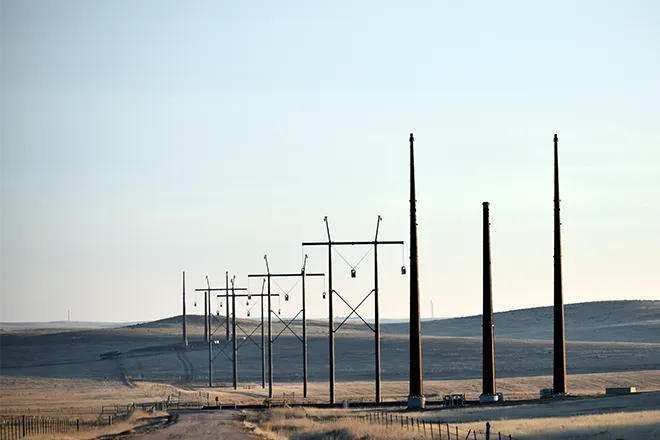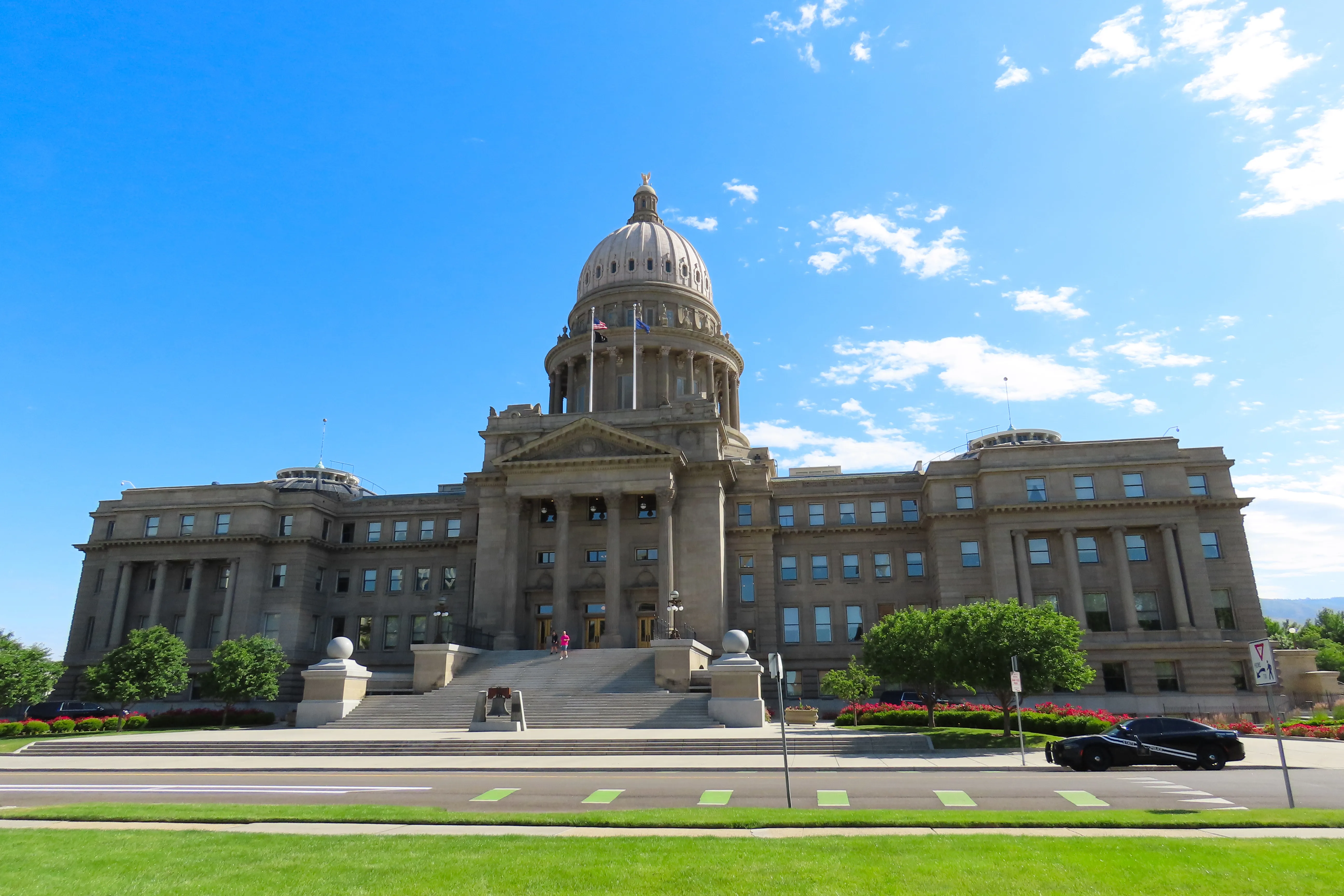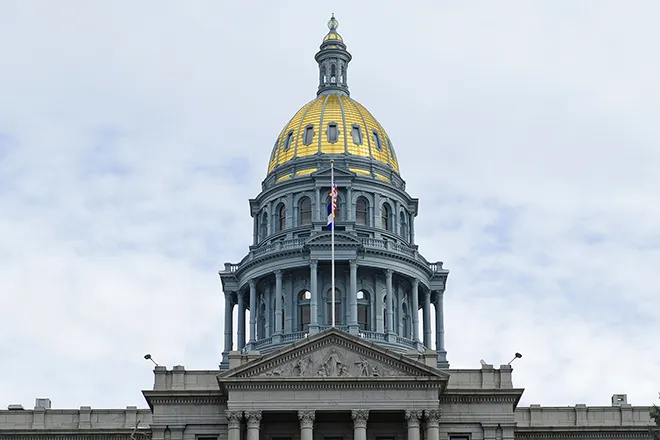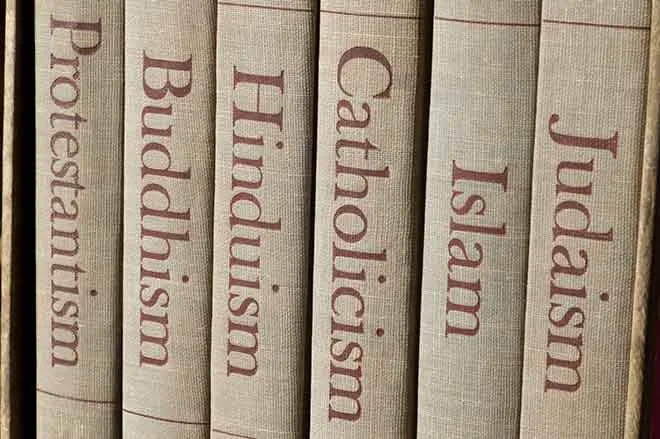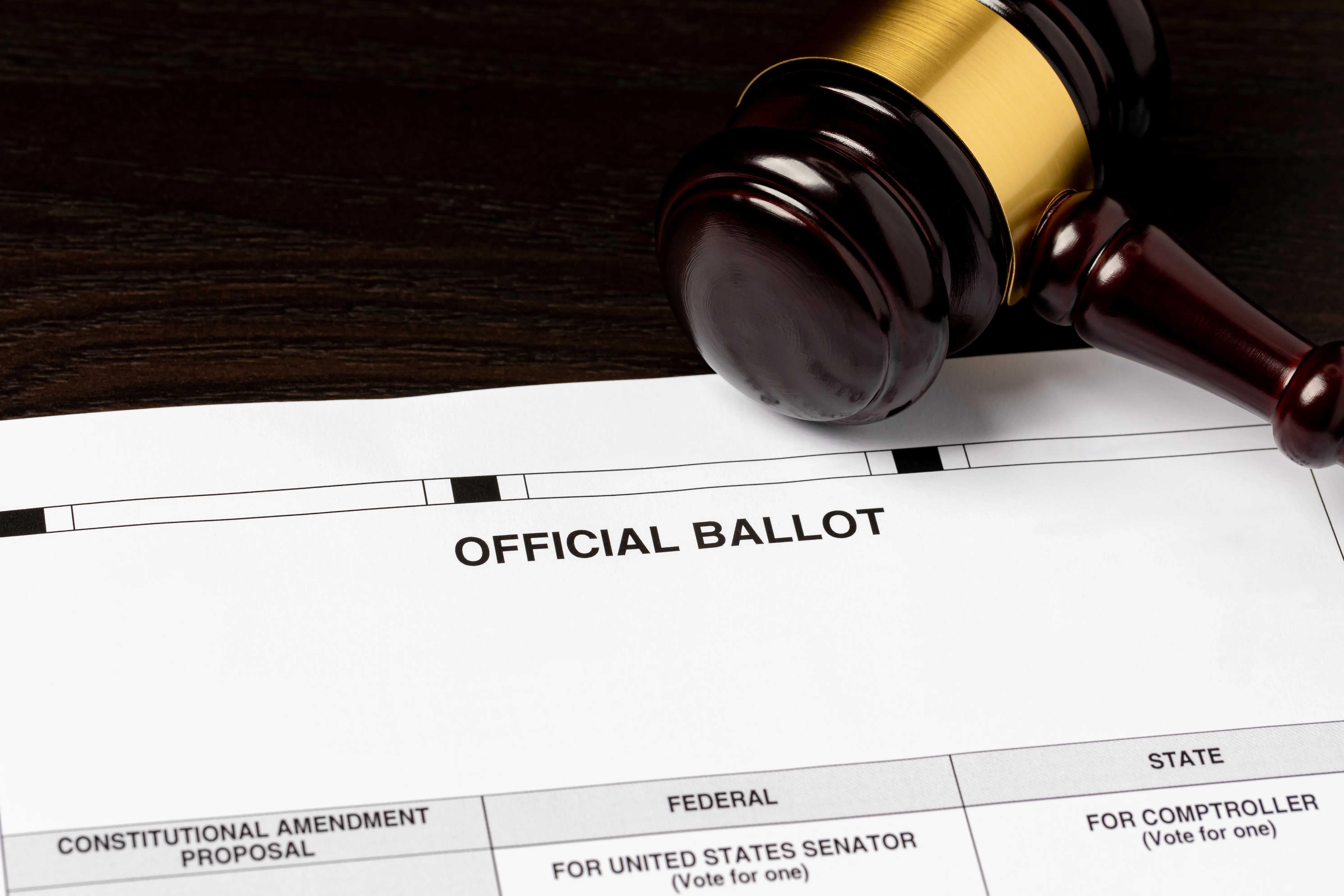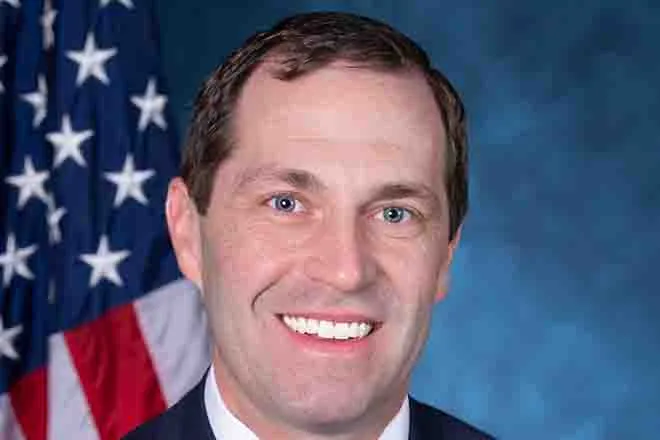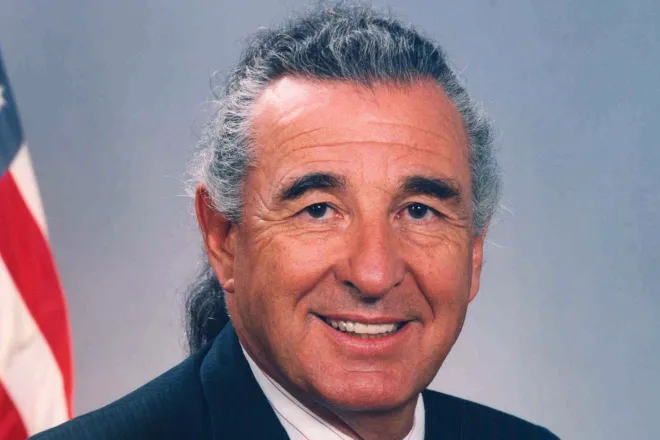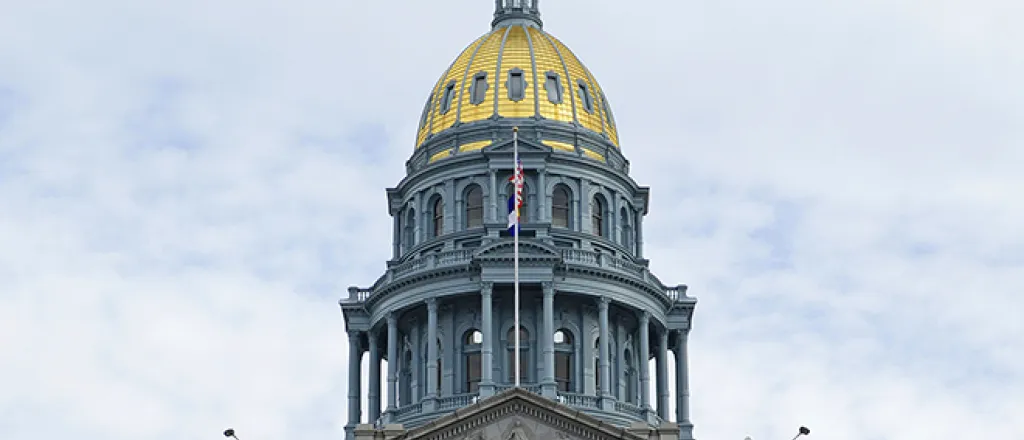
Capitol Review: Let’s Talk Common Sense and Facts about Guns
In the debates that rage after each highly-publicized mass shooting, one side claims that more restrictive gun laws could prevent future such tragedies while the other side counters that the rights of law-abiding gun owners shouldn’t be sacrificed because of the horrendous act of someone who disregarded existing laws.
It’s never been easy to have a rational conversation about guns, but in today’s hyper-charged political culture, voices on each side too often think that being loudest means you are winning. My friend and former state Sen. Alice Nichol often recalled her father’s maxim: “The louder you are, the ‘wronger’ you are.”
Insulting gun owners polarizes the debate. Outspoken Florida high school students may motivate those who sincerely wish that laws would prevent mass shootings, but their condescension and incivility also infuriate defenders of gun rights. The loudest voices usually make the least sense because loudness is no substitute for logic or reason.
Survivors are sympathetic figures, but they have no special insight into preventing the next shooting. Why does the media, in this circumstance, confuse proximity with expertise? Nobody considered survivors of the Boston Marathon bombing to be instant experts on terrorism.
Gun owners reasonably ask for evidence that new burdens on their rights will produce the promised results. The evidence is thin.
Background checks, banning AR-15s or high-capacity magazines, or further empowering law enforcement to intervene against suspicious individuals are dubious solutions. So, common sense must override the heart’s and mind’s strong desire to “do something.”
Common sense and experience tell us that mass killers reach a point at which they are consumed by the need to lash out by killing and injuring other people. They plan and calculate how to achieve infamy by killing, and in so doing, they plan to break many laws — e.g., murder, theft, bomb-making.
Mass killers typically employ multiple weapons, and if guns aren’t available, backpacks filled with explosives or vehicles driven into a crowd can be even more deadly because they afford victims less warning and fewer options for escape. Recall that the Columbine killers planned to detonate propane bombs first and then to kill students and teachers as they fled.
Rifles of all kinds, including AR-15s, are used in only a tiny fraction of murders. Officials in the Obama administration acknowledged after Sandy Hook that re-enacting a ban on so-called assault weapons “does nothing.”
Finally, for law enforcement to identify these potential killers and intervene to stop them isn’t as easy as it may sound. How do they determine which of the scores of people who post threats on social media are truly dangerous and which are merely obnoxious?
The Florida high school shooting demonstrates that even when law enforcement has ample cause for concern, they are reluctant to intervene. Officers responded to 39 calls over seven years at the house where the shooter lived. At least three times before the shooting, he could have been charged with a felony for making direct threats to kill people. Such charges would have required that he surrender his firearms.
In such unlikely forums as the Washington Post, GQ and The Guardian, fact-checkers and investigators have concluded that gun restrictions would do little or nothing to prevent mass shootings.
The reality is that as gun ownership has increased to nearly 400 million, the number of murders committed with guns has decreased by almost 50 percent. The Guardian’s Lois Beckett discovered, most of these “guns are sitting in gun safes, being used for target practice or hunting, and causing no harm at all.”
Gun-control advocates may disparage “thoughts and prayers” for shooting victims, but their own prescriptions are nothing more than prayers that laws which failed in the past will somehow succeed because proponents sincerely wish them to.


